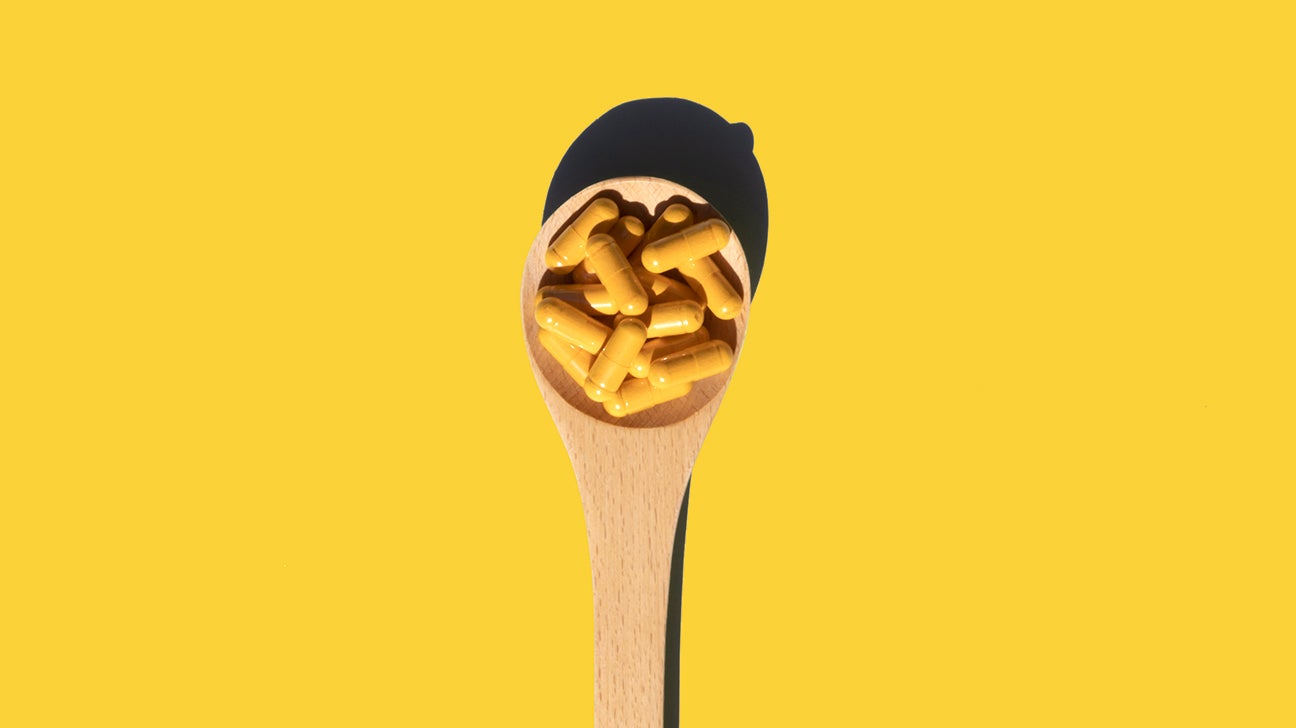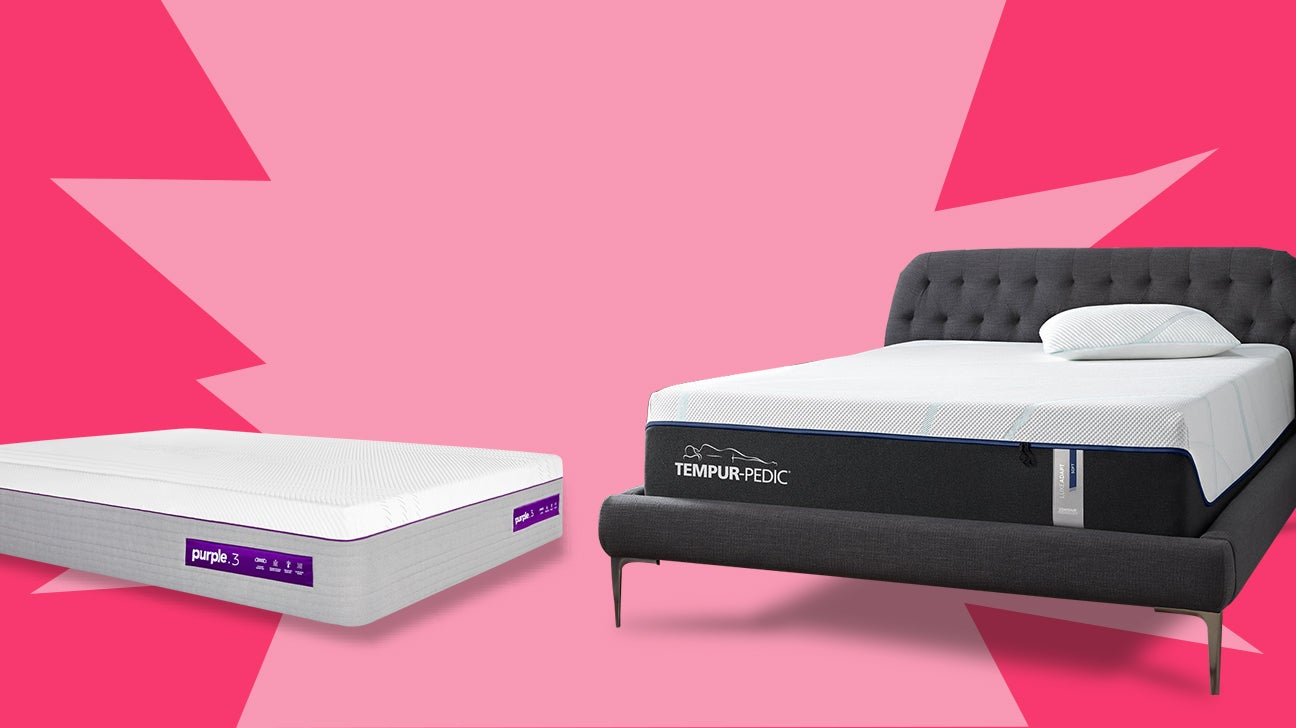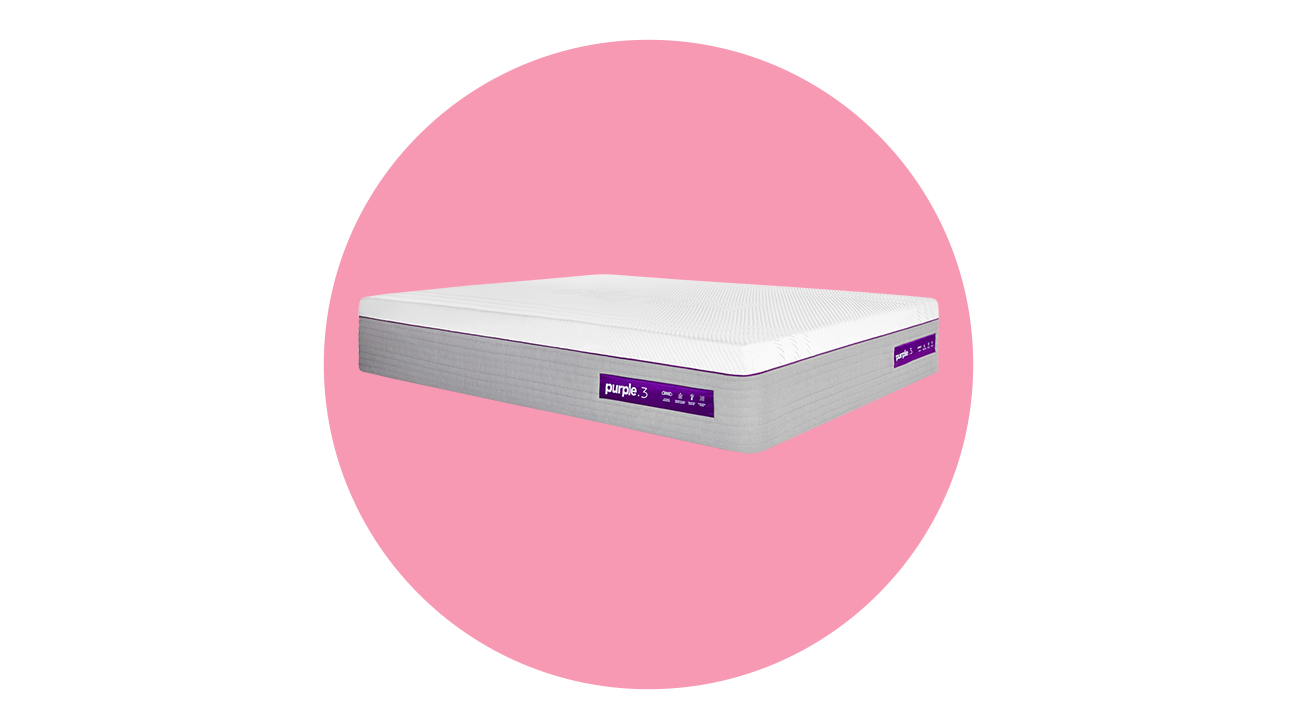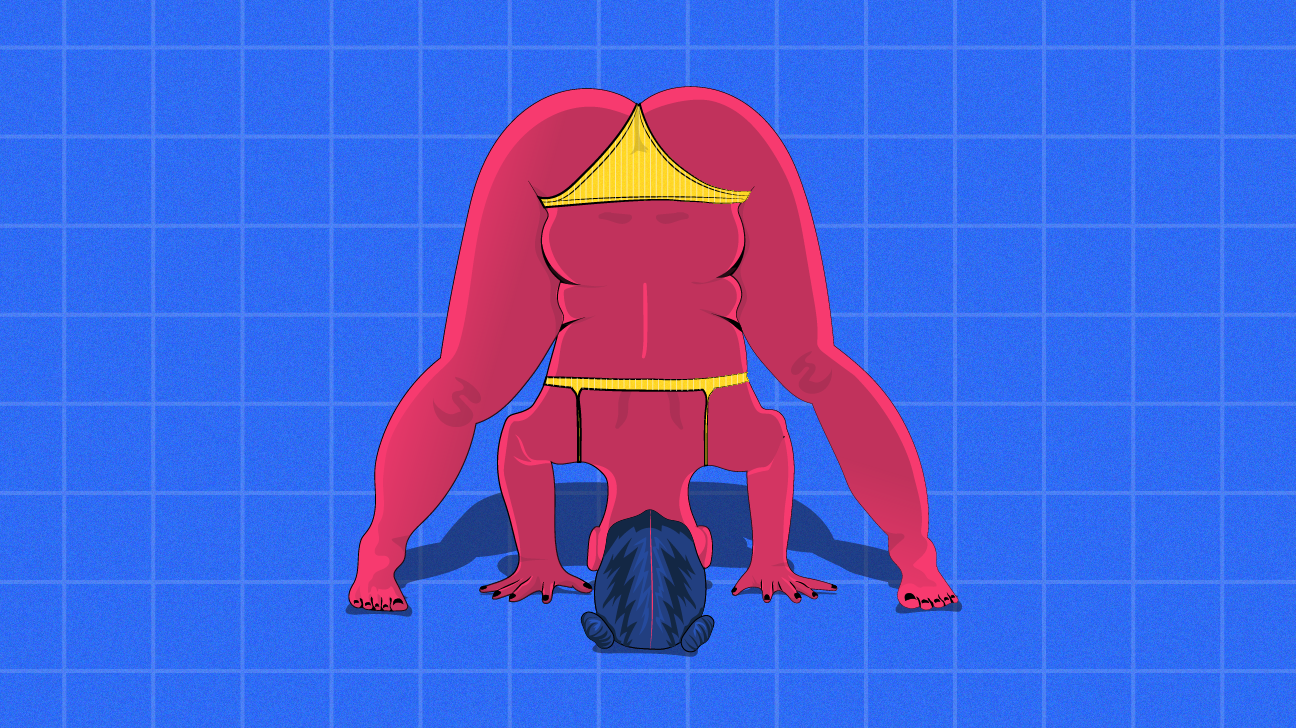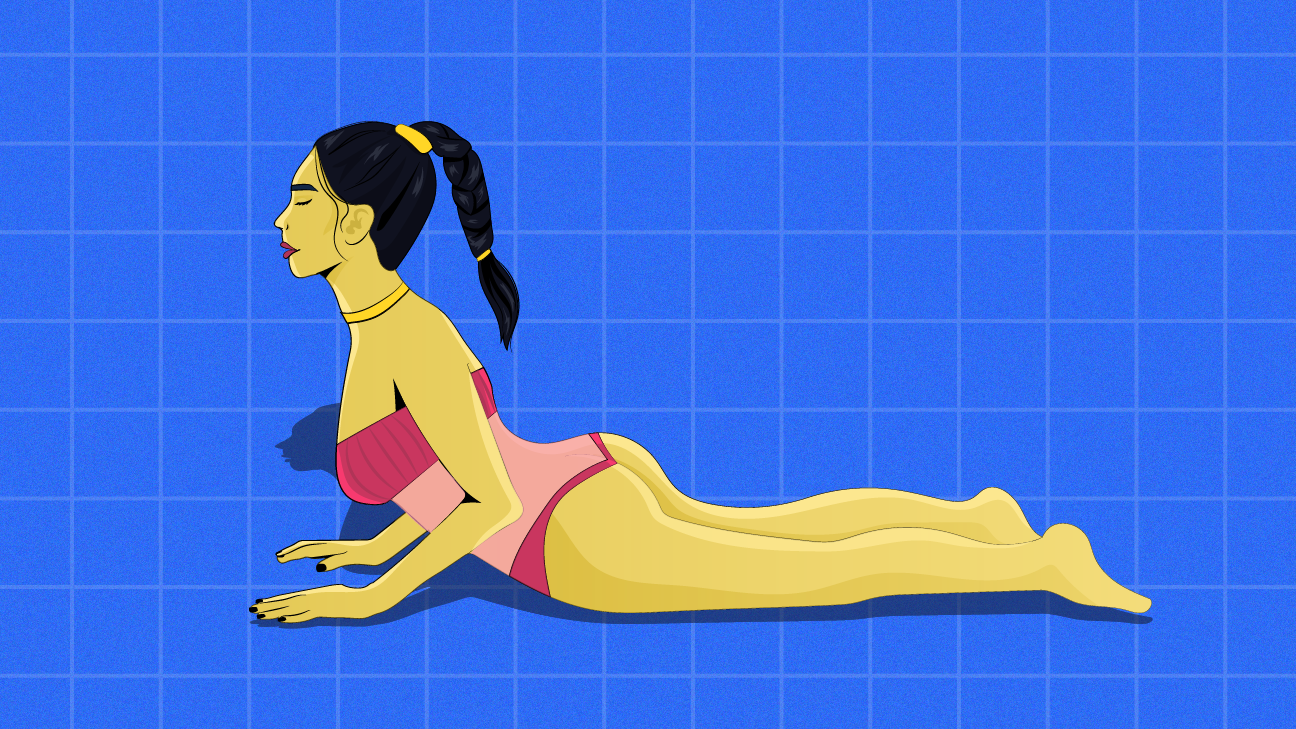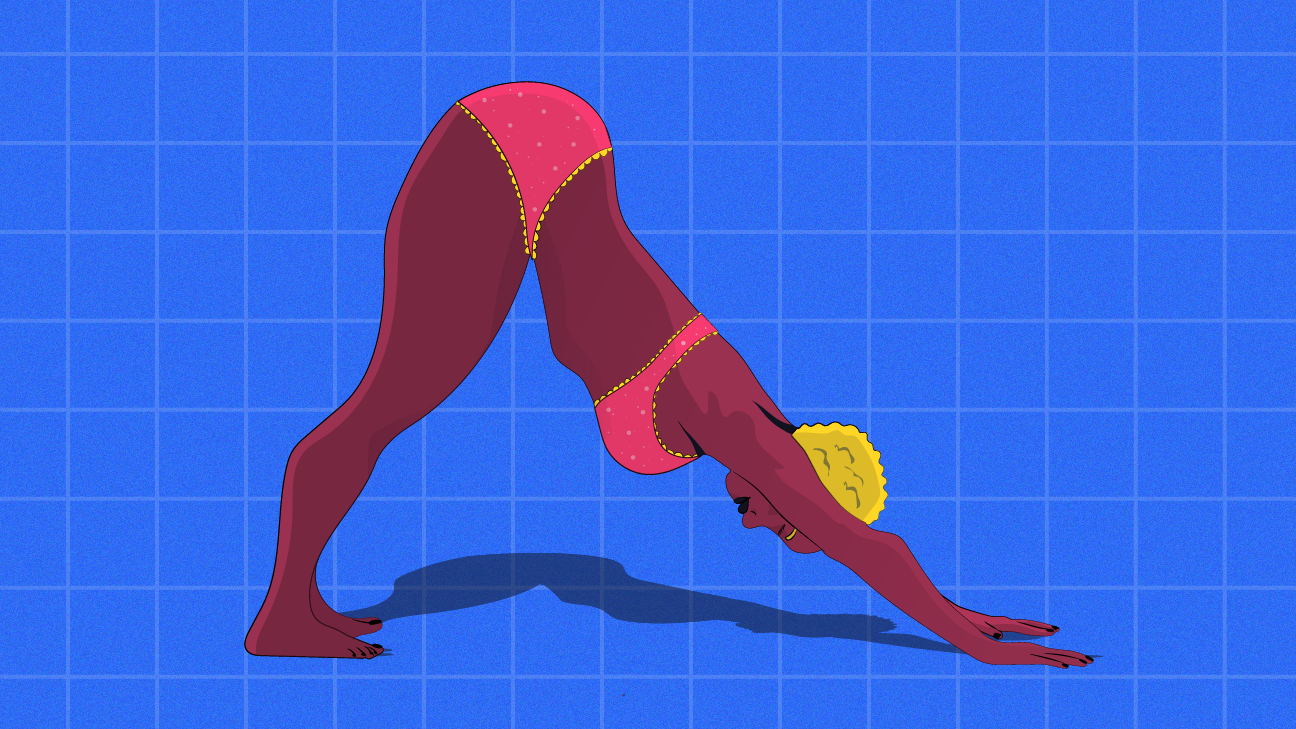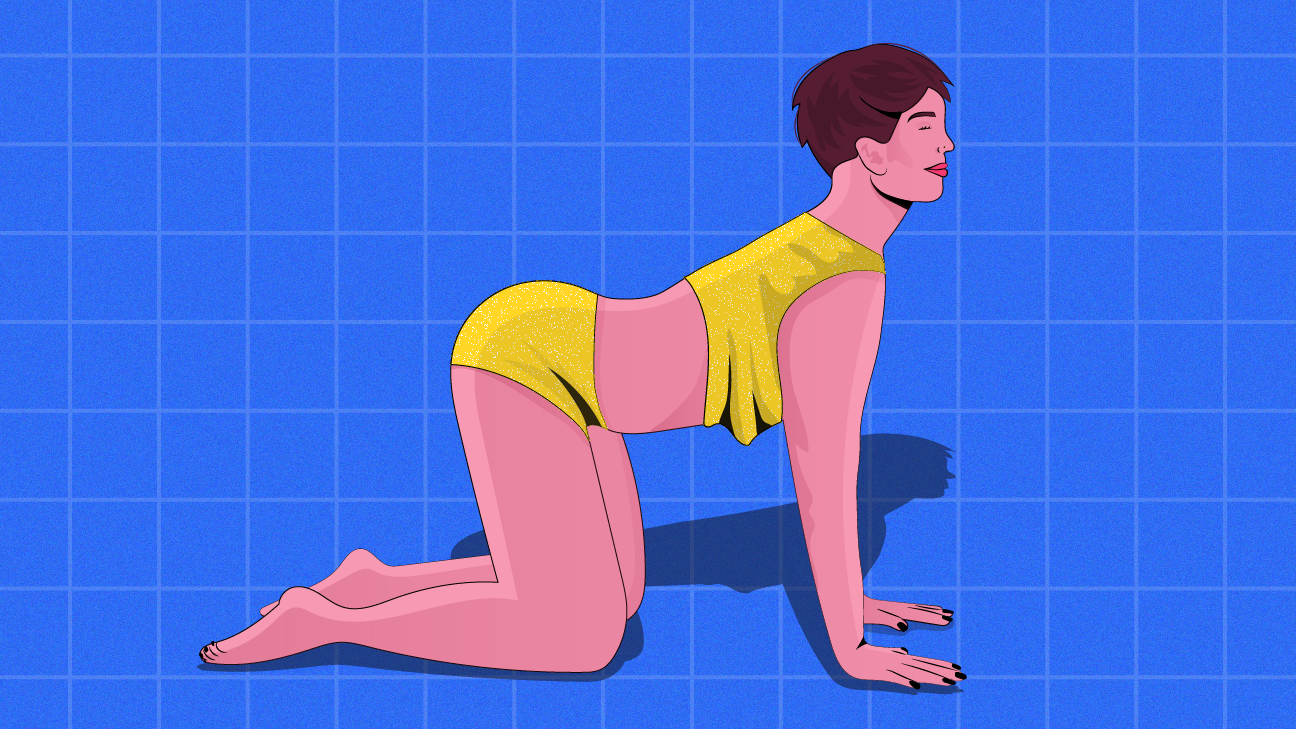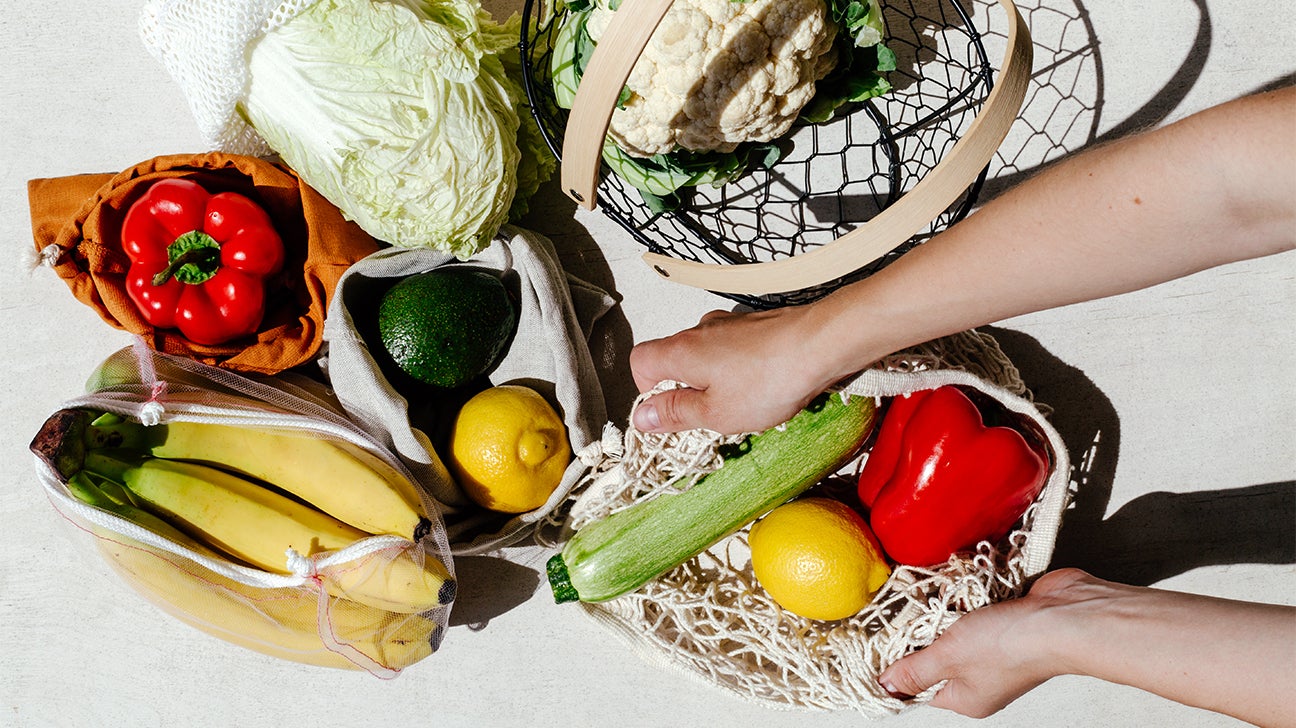By definition, sexually transmitted infections (STIs) are transmitted from one individual to another by doing the deed. If you’re in a monogamous relationship and your partner contracts an STI like trichomoniasis out of nowhere, you might start ringing the cheating alarms 🚨.
Before you go dumping their prized possessions on the front lawn, it’s possible that cheating didn’t happen. Although it’s rare, it is possible to get trichomoniasis even if no one cheats.
Wait, WTF is trichomoniasis?
Trichomoniasis is an STI caused by a parasite. No, not the 2020 Best Picture Oscar winner, “Parasite.” We’re talking the kind of parasite that needs to live off hosts to survive.
Trichomoniasis (sometimes called trich for short) is one of the most common and curable STIs. According to the Centers for Disease Control and Prevention (CDC), about 3.7 million people in the United States contract trich.
Although both men and women can contract trichomoniasis, it’s more common among women. A research review showed that 40 to 49-year-old women are more likely to contract the infection than their younger counterparts. Trichomoniasis also affects men and women differently.
Trichomoniasis symptoms for women may look like:
- itching, burning, redness or discoloration, or irritation in or around the vagina
- painful sex
- stinky yellow, green, or white vaginal discharge
- pain when peeing
- lower abdominal pain
Trichomoniasis symptoms for men may look like:
- pain with sex
- redness or discoloration, irritation, or swelling around the head of the penis
- white discharge from the penis
- pain or burning when peeing
- painful ejaculation
After you’ve contracted trich, symptoms can start to show their ugly faces anywhere between 5 and 28 days.
If you’re looking for a symptom of trich, keep in mind that according to the CDC, only 30 percent of people who contract the infection ever show any symptoms.
OK, but how do you even contract trichomoniasis?
The parasite that causes trichomoniasis (aka Trichomonas vaginalis) thrives in semen and vaginal fluid. This means that trichomoniasis can be transmitted through sex without a barrier method, vaginal, anal, or oral sex.
Trichomoniasis is commonly transmitted between a person with a penis and a person with a vagina or between two people with vaginas. And ejaculation doesn’t have to happen to transmit that parasite, so pulling out won’t save you.
Trichomoniasis can also be transmitted by sharing sex toys, so clean those dildos after every use.
For people with penises, the parasite typically causes an infection in the urethra. For people with vaginas, the infection can live in the vagina, vulva, cervix, or urethra.
My partner contracted trichomoniasis: Did they freaking cheat?!
If you are in monogamous bliss and your partner tests positive for trichomoniasis, your mind may justifiably jump to infidelity.
Sex is the most common way to contract trichomoniasis, but it’s a bit more complicated than one day your partner cheated and the next day, they had trich symptoms.
If only 30 percent of people with trichomoniasis have symptoms, that means that 70 percent of folks with trichomoniasis have no symptoms. This means it’s possible that your partner acquired trichomoniasis from a previous sexual encounter and only recently started showing symptoms.
The parasite can cause someone to experience the infection for months while they show zero symptoms.
In very rare circumstances, trichomoniasis can be transmitted with no sexual activity
Here are some of the ways you can get trichomoniasis nonsexually:
- Toilets. That public toilet seat STI your parent warned you about is actually a rare possibility. If a toilet seat is damp, it’s possible to contract trichomoniasis. Outdoor toilets put you in close contact with urine and feces, so transmission may be higher.
- Clothing or towels. According to a 2014 research review, while also rare, damp towels or clothing can be transmitters for trichomoniasis.
- Shared bathwater. A 2011 study conducted in Zambia, found that multiple girls sharing bathwater lead to the transmission of trichomoniasis.
- Public pools. Poop in the kiddie pool is not the only unsavory situation in a shared swimming space. If a pool is not cleaned well, trichomoniasis can be transmitted.
While these situations are all possible, keep in mind that trichomoniasis transmission by towel, bath, pool, or toilet is super unlikely compared to sexual activity.
I’m experiencing trich symptoms, now what?
If you or your partner start experiencing trich symptoms, you both need to get tested for STIs. The CDC offers a free tool that helps you locate STI testing near you.
There’s nothing to be ashamed of when it comes to STI testing. In fact, it’s the only way to know for sure that you’ve contracted trichomoniasis (or any other STI) or not.
If you’re getting tested for trichomoniasis, it’s a good idea to also get tested for chlamydia or gonorrhea. Trichomoniasis can increase your chances of getting another STI, so it’s best to check if trich brought any +1’s to the STI party.
When you test positive for trichomoniasis, it’s important to follow up with treatment especially since trich increases your risk of getting other STIs.
Trichomoniasis can be treated with antibiotics. These most commonly include, metronidazole (Flagyl) and tinidazole (Tindamax). It’s advised to finish your entire antibiotic prescription even if symptoms disappear. Make sure you wait at least a week before getting busy.
Bring sexy back, safely
The most sure way to prevent trichomoniasis is to use a barrier method during sex like a condom, diaphragm, or dental dam. Keep in mind that while natural lambskin condoms can help prevent pregnancy, they don’t protect against STI transmission.
Communicate with your partner openly about your past sexual history. This can open the pathway to talk about STI testing.
from Greatist Health RSS Feed https://bit.ly/36pfNBx

